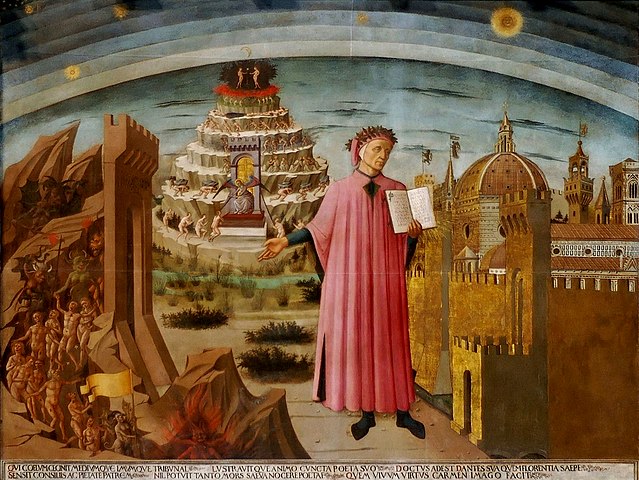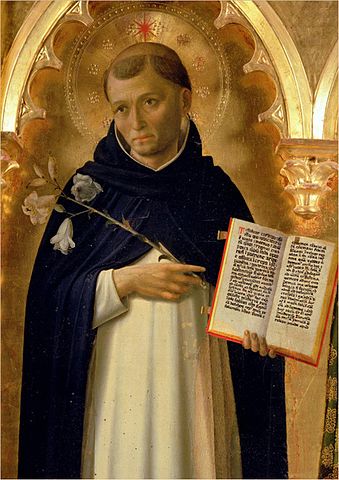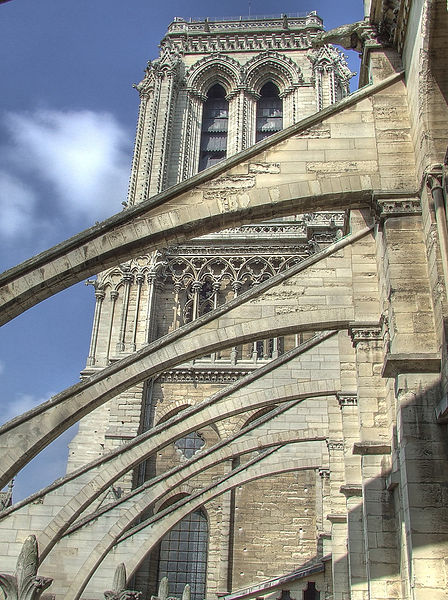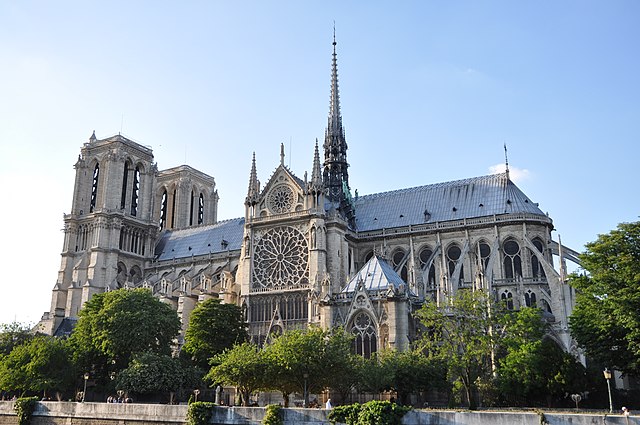We just learned about the Avignon Papacy.
Another part of early Christianity is the famous French person Joan of Arc.
She was born in France in 1412, while there was a war going on between France and England.
When she was 13 she said that she had a vision of some Christian saints, who told her she needed to go help King Charles VII of France to win the war.
At first no one believed her, but she begged over and over again to go see the king.
When she was 17 she finally got to see the king, and he let her go to some of the battles and try to help out.
Wherever she was at the French won their battles easily, so people started believing that she was a sign from God that they could win the war.
She wasn't really a fighter who carried a sword, she usually had a banner that she waved around to try and help get all the French soldiers excited about winning.
When she was 19 she was captured by the English soldiers, and they had a trial where they said she was bad and wasn't talking to Christian saints but was working for the devil, and they had her killed.
Years later the French people said that trial was not fair and said she was innocent, and the church leaders agreed so she became a Christian hero Saint Joan of Arc.
Her story is very famous in France and people have even found the house where she grew up and turned it into a museum.

(from: wikipedia - joan of arc)
Kid Facts - Blast from the past: Mariology



















